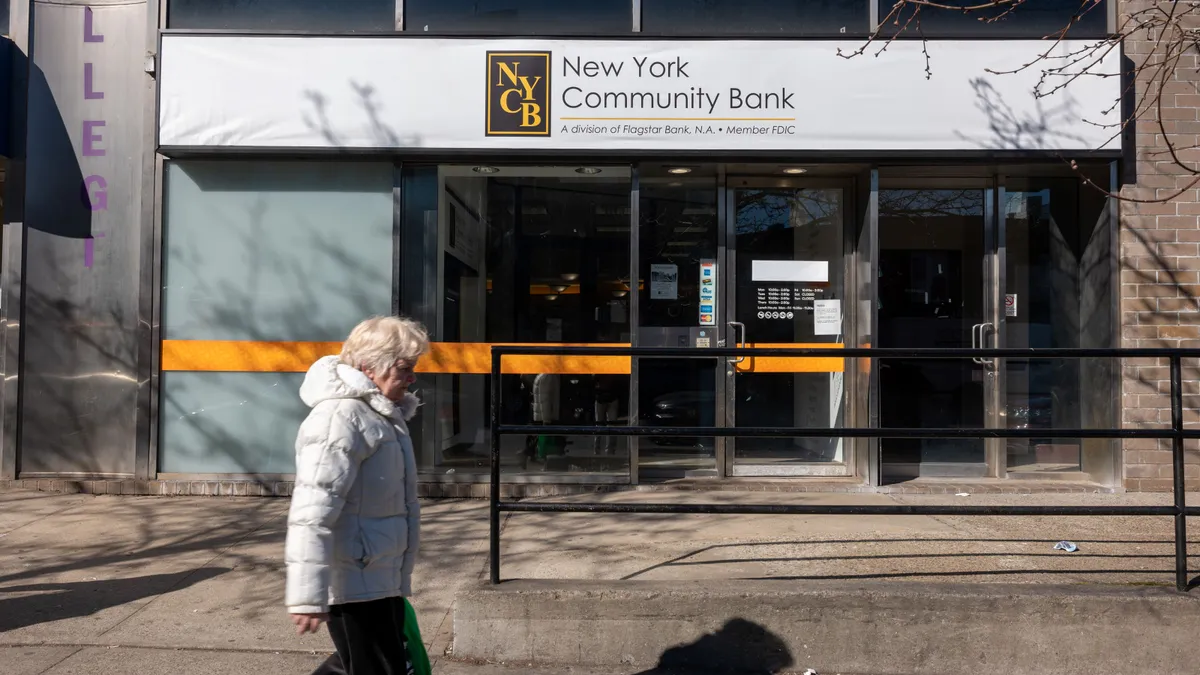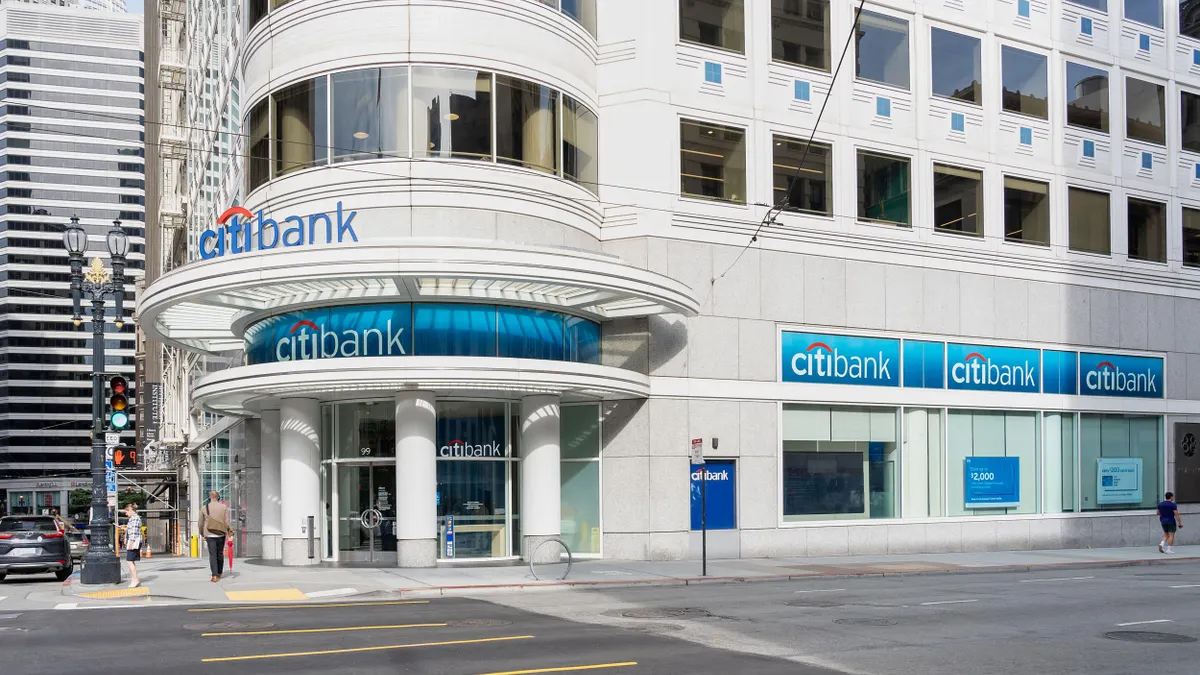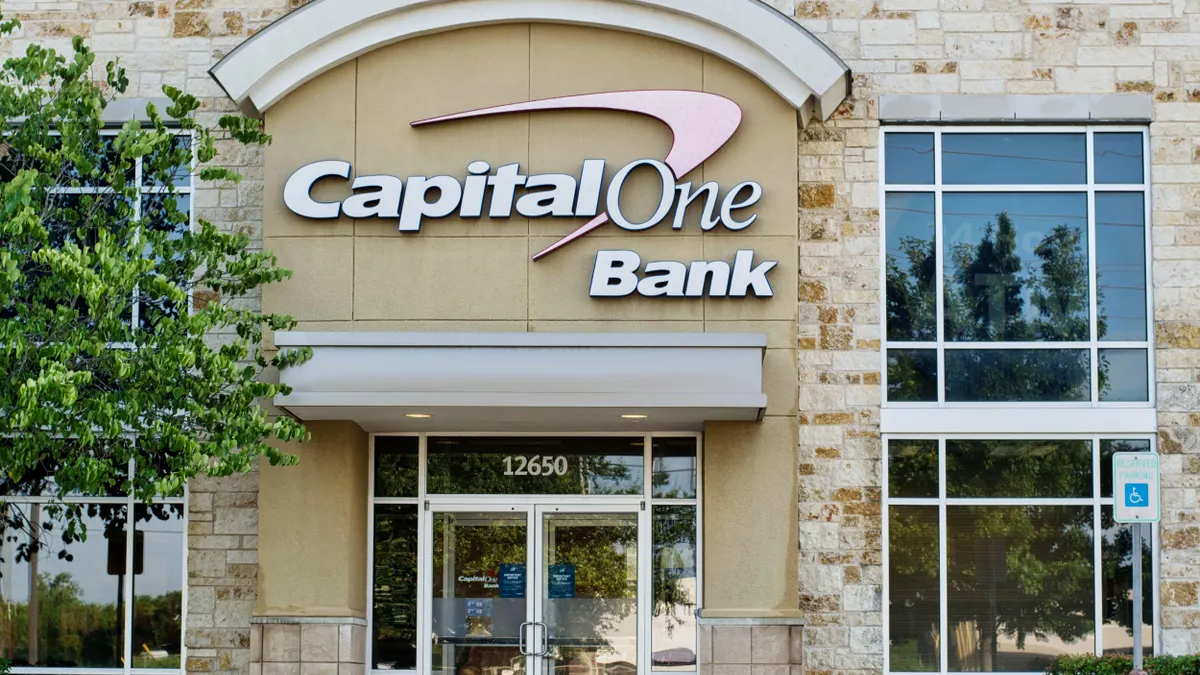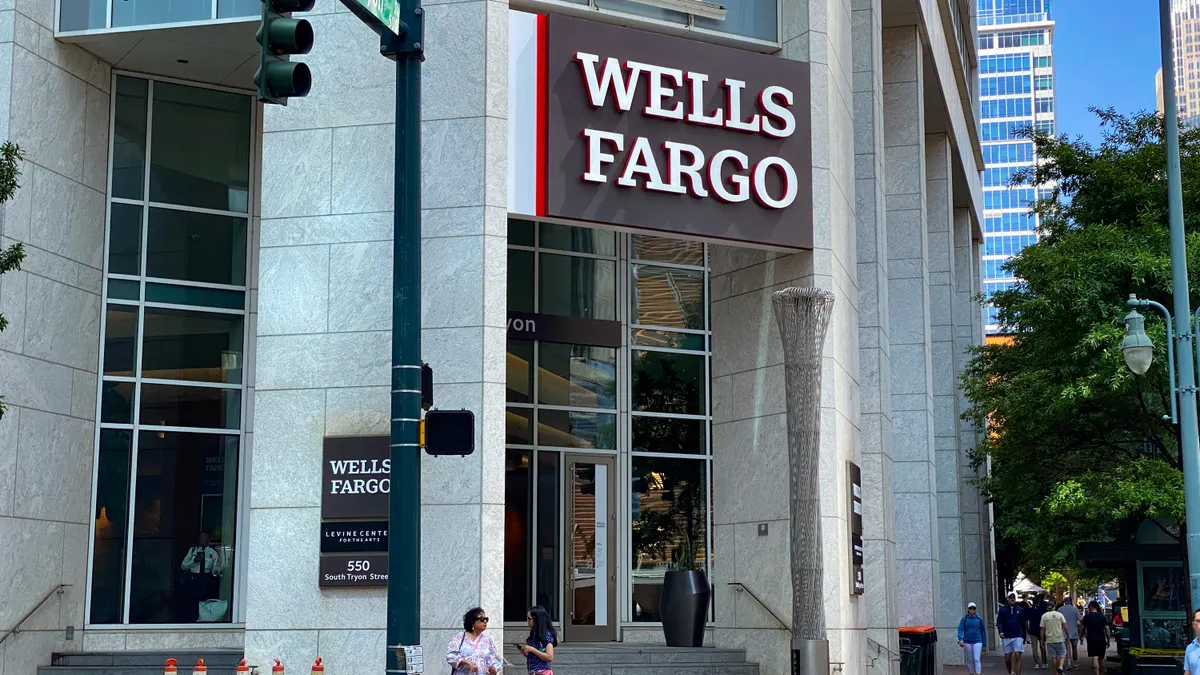Dan Ennis occasionally offers analysis of the banking sphere beyond daily news. He can be reached at [email protected].
One need only look to the 45th president of the United States to see an example of someone who used a very public forum — in his case, Twitter — to signal policy or apply pressure.
Carver Federal Savings Bank, a New York City-based Black-owned institution with a 75-year history, for months, has (quietly) waged its own battle against a stakeholder, the investment fund Dream Chasers Capital Group. Dream Chasers has attempted, in its own words, a “hostile takeover.”
The investment fund on Aug. 14 sought to buy 35% of Carver’s shares — at $3 a share, when the bank’s stock was trading at $2.57. At the time, Dream Chasers held a 5.5% stake in the bank.
The timing of Dream Chasers’ offer seemed purposeful: Carver that day named an interim CEO to replace its chief executive, who, days earlier, announced he was leaving to lead a community development nonprofit.
In the first of what would be several press releases, Dream Chasers laid bare its plans: The investment fund “hopes to take control of the bank and replace the current management and board with an already assembled world-class team of minority executives who have a combined 40 years of experience as CEO or senior executives at some of the largest banks and financial service companies,” Dream Chasers said, adding that it “plans to recapitalize the bank and introduce a platform of value-added wealth building services” aimed at communities of color “to attract new depositors.”
“By going public with its $3-per-share offer … Dream Chasers is seeking to rally support … in whatever form that may come — from civil society builders, like-minded shareholders, activist[s] of all stripes, financial executives, corporations, current Carver bank employees, social media influences, celebrities, professional athletes, entertainers, business titans and all constituents who have a vested interest in seeing communities of color build generational wealth,” the investment fund wrote Aug. 31. “Shareholders should be keen to prevent current management/board, from taking any self-serving, dilutive, anti-takeover actions or enact poison pill bylaws — to the detriment of shareholders and the African-American community.”
Salvo #2
Dream Chasers sent a follow-up letter Oct. 27, reiterating its offer and including “a severance package to current management and the board to ensure an amicable change of control.”
The bank “indicated it would discuss our latest offer internally and set up a date and time for a meeting,” Dream Chasers wrote.
But Carver’s interim CEO, Craig MacKay, jumped to the bank’s defense in a Nov. 1 shareholder letter, noting that the bank “emerged [the previous January] from a formal agreement with its primary regulator, concluding a period of enhanced oversight, foundation-building, capital-raising, technology upgrades, and portfolio rationalization.”
“Carver is now a better capitalized and more capable bank with solid liquidity and Tier 1 Capital (12.4%), Leverage (10.1%) and Total Risk Based Capital (13.4%) ratios in excess of ‘well-capitalized’ levels,” MacKay wrote.
The next sentence may well have been aimed directly at Dream Chasers’ argument. “The Bank continues to grow in scale, market reach and in the diversification of its suite of retail and commercial offerings, while remaining committed to our mission to address the wealth gap by ‘… providing local residents with a place to save, grow businesses and build wealth, block by block, generation to generation,’” MacKay wrote.
Dream Chasers doubled down on its pressure-by-press-release, boosting its offer to $3.25 per share Nov. 20. Carver’s stock price had closed at $1.44 per share on Nov. 17, a dip that Dream Chasers noted.
“A public company's stock price and market capital is a reflection of how the market sees you. It's what they think you are worth. It's an indictment of management,” the investment fund said. “Much like your favorite professional sports team, coaches and general managers are hired and fired based on their ability to deliver results. Very rarely do non-performing coaches and general managers get to keep their jobs for years if they have not delivered for the fan base.”
Carver’s stock price jumped to $2.18 per share on the day of Dream Chasers’ revised offer, then settled back down, according to Yahoo Finance.
Final straw
Last week appeared to yield Dream Chasers’ final straw. The investment fund on Jan. 25 issued another press release, indicating it had met with Carver’s board and proposed a merger with “an already identified Wall Street based minority owned broker-dealer [that] would instantly transform the bank … into a more full-service” company.
The investment fund also proposed Carver “award several board seats to Dream Chaser[s] Capital and partners … accept a stock option buyout grant program for some or all board members … and appoint certain Dream Chasers … personnel to its management team.”
“Current stock market shareholders large and small expect management to get a deal done with Dream Chasers,” Dream Chasers wrote. “As such, the fund believes any continued rejectionist, diversionary and obstructionist behavior by the Carver Board to Dream Chasers’ $3.25 for 35% offer — which would raise millions in much-needed capital for the bank to grow its balance sheet, and as a part of that deal, bring in a broker-dealer, bring in a new set of executive talent and board members that the fund believes would help the bank turn into a multibillion-dollar-in-deposit-and-assets institution, potentially growing revenues and profits significantly in an accretive way thus benefiting shareholders — risk a broad revolution from a large percent of the bank's shareholder base, communities of color watching and even some rank-and-file and key employees.”
At long last this week, Carver replied using Dream Chasers’ favorite weapon: the press release.
Carver’s board “reviewed and thoroughly rejected” Dream Chasers’ offer, the bank said Wednesday.
“The Board determined that the adverse publicly disclosed regulatory history of Dream Chasers' leadership posed unacceptable reputational risks to Carver's standing and mission credibility,” Carver wrote, without detailing that history. “Furthermore, a comprehensive review of the Dream Chasers proposal found it to be wholly deficient with respect to structural details, implied valuation, dilution, and the basic disclosure of financial and managerial resources.”
The bank also included an itemized list of “contributing factors” in the decision. The bank said it anticipated Dream Chasers would be unable to obtain regulatory approval for the deal, or to qualify as a bank holding company. Carver also blasted Dream Chasers' leaders over a “lack of direct experience” guiding “a federally regulated and insured depository institution; the fund’s “unsubstantiated financial resources” and its “unrealistically low offer price based on Carver's intrinsic value.”
“An association with Dream Chasers of any type is not in the best interest of Carver, its shareholders and its community stakeholders,” the bank said.
Perhaps the only way to get aggressors to listen is to speak in a common language. Time will tell if Carver’s press release worked.






















